The relationship between Portugal and China is one of the great tales of the past, filled with intrigue, cultural exchanges and a clash of worlds that shaped both civilizations. Beginning in the sixteenth century, this story traverses rough seas, the narrow streets of Macau and European palaces, where silk and porcelain found a place alongside wine and specimens.
First Contact
In 1513, Jorge Álvares, a Portuguese name lost in the margins of history, became the first European to reach China by sea during the Age of Discovery. He wasn’t a hero or a saint; he was a merchant, an explorer who knew that the risk was high, but the rewards were greater. Guangdong was the starting point for a turbulent relationship. Years later, the Portuguese set their anchors in Macau in 1557, turning the place into a boiling cauldron of European and Asian interests. Macau was not just a port; it was a stage where cultures collided, traded and sometimes bled.
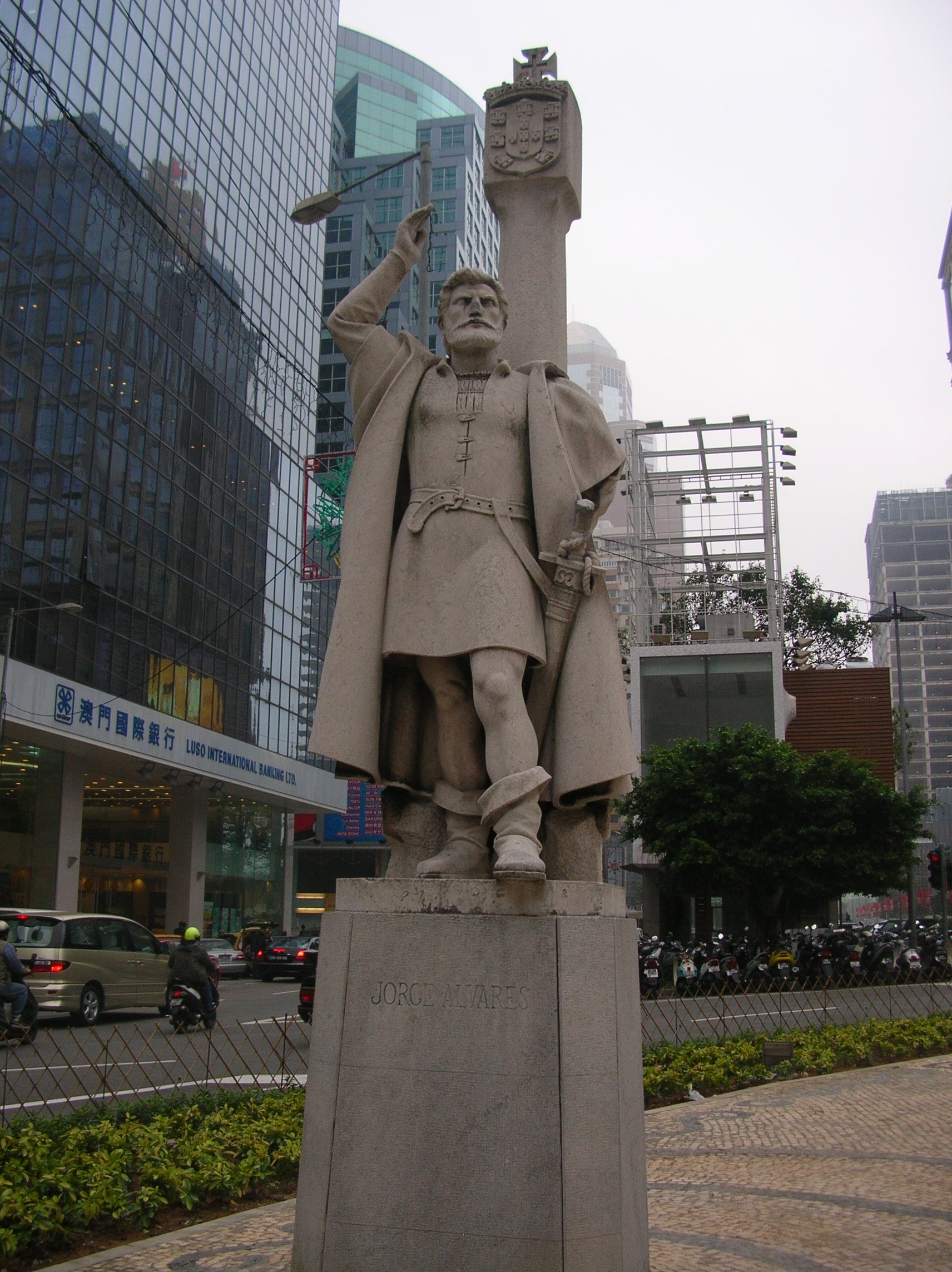
Macau, a City Between Worlds
Macau is a place that breathes history. Walking through its streets is like leafing through a storybook where each page hides something extraordinary. Largo do Senado, with its worn Portuguese stones, and the Ruins of São Paulo, a stone skeleton that defies time, tell a story of evangelization, resistance and fusion. You can’t talk about Macau without mentioning its cuisine. Dishes such as “minchi” and “African-style chicken” are a reflection of a cuisine that was born out of necessity and creativity, mixing Portuguese flavors with Asian spices.
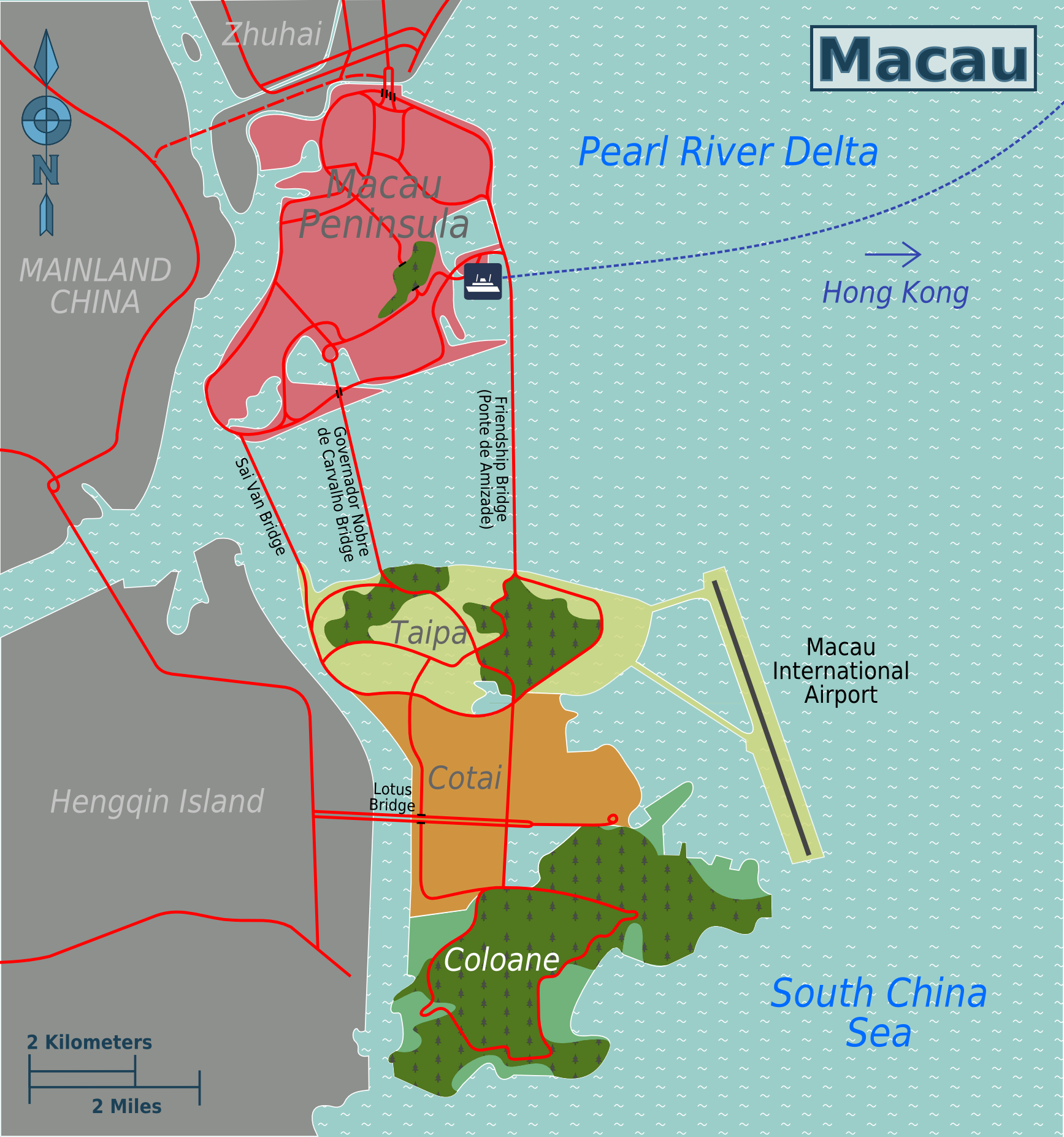
The Impossible Mission
Jesuit missionaries were the cultural spies of this era, armed with Bibles and knowledge of astronomy. Matteo Ricci is perhaps the most notable name, a man who infiltrated the Chinese elites not just with words, but with ideas that challenged the status quo. He didn’t come to colonize; he came to negotiate culture, introducing the European world to the Chinese and bringing Eastern wisdom to the West.
Commerce and Culture, a Two-Way Street
Portugal and China were not the same, but they knew the value of what the other had to offer. The Portuguese brought wine, specimens and firearms, while the Chinese exported silk, porcelain and tea. Blue and white porcelain, in particular, became an icon in Portugal, shaping the art of azulejos that still cover churches and palaces today. But the exchanges went beyond the material; they were exchanges of aesthetics, ideas, and ways of seeing the world.
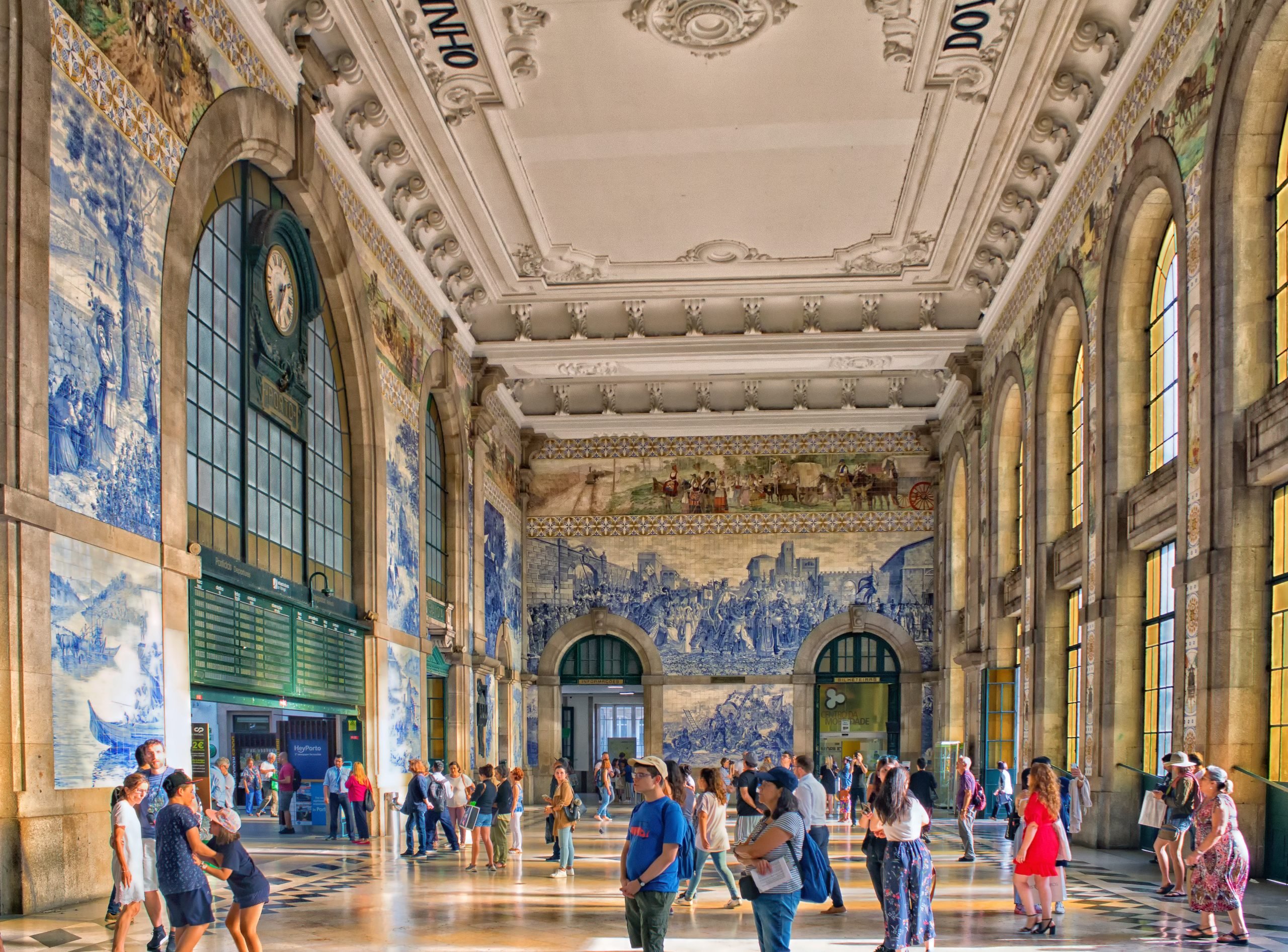
How to Discover China in Portugal
The marks of this relationship can still be found all over Portugal, especially in Lisbon and Porto, where the past refuses to stay buried.
Museu do Oriente, Lisbon
The Museu do Oriente is like a treasure chest for those who want to understand the connections between Portugal and Asia. Its painted screens, ancient maps and porcelain artifacts speak of an era of intrigue and exploration. Each object seems to carry the weight of hundreds of years of stories, as if they were still whispering the secrets of merchants and explorers.
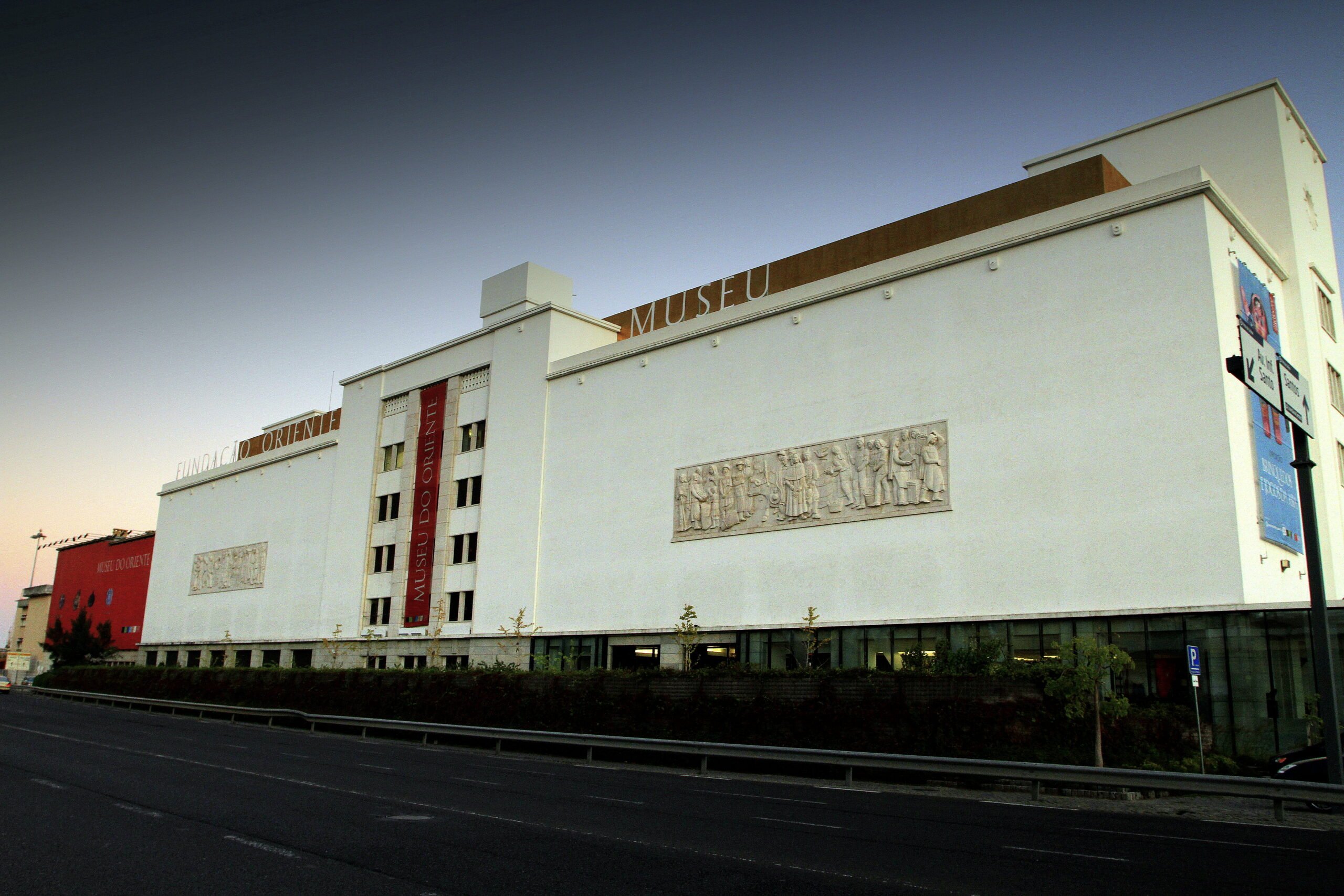
Chinese Garden, Benfica
A little piece of China can be found in Lisbon’s Benfica neighborhood. Decorated with red lanterns and pavilions that reflect in tranquil ponds, this garden is a place of peace, but also a reminder of how Chinese influences have left their mark on Portuguese lands.
Porto and the Obsession with Porcelain
In Porto, Chinese porcelain is almost an obsession, reflected in museums such as the Palácio da Bolsa. These objects exemplify a past when Chinese art was as valuable as gold. Walking through these places is like stepping back in time, to a time when the world was still being explored.
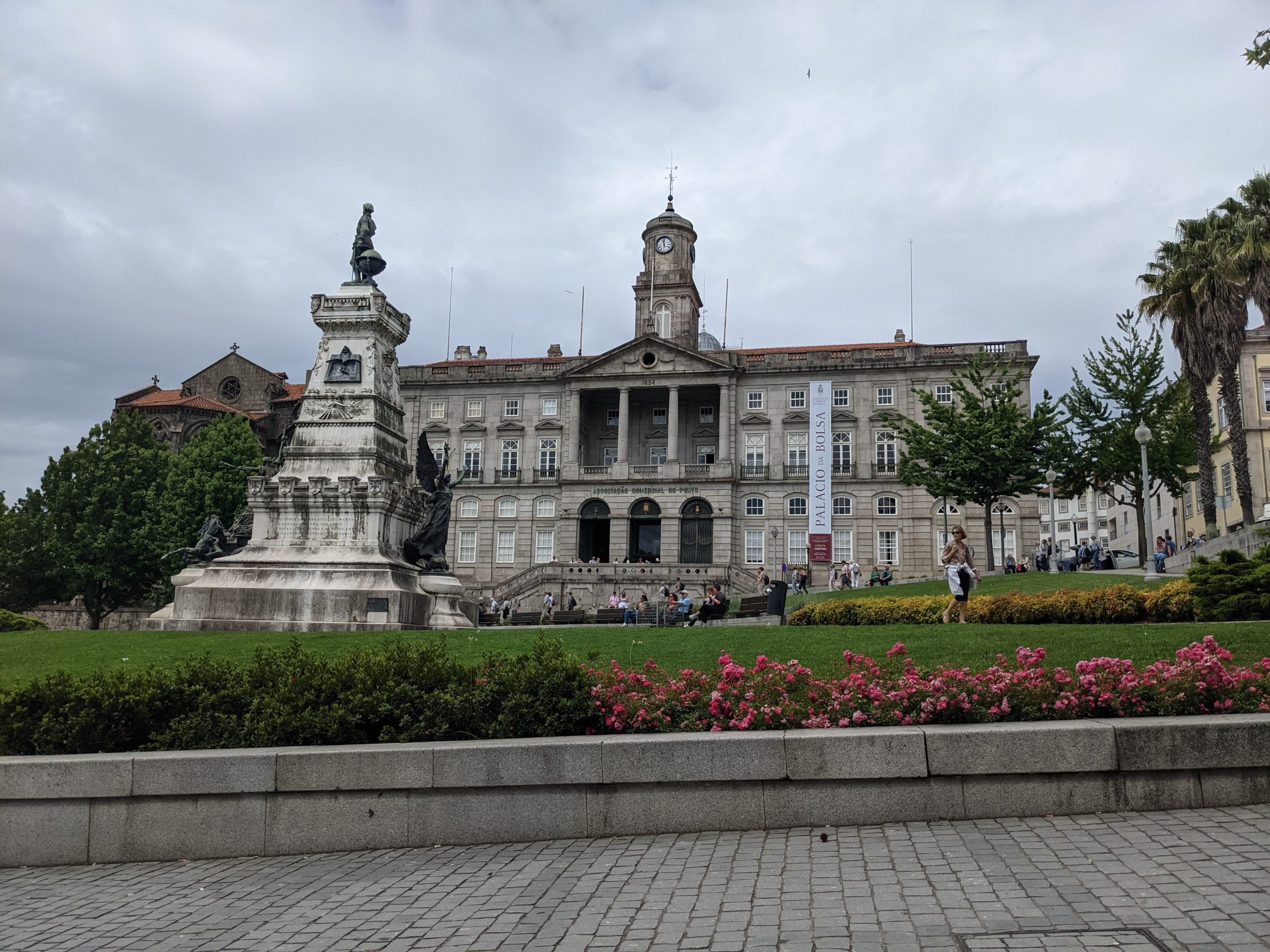
Jerónimos Monastery, Belém
The Jerónimos Monastery is the monument that encapsulates the entire Age of Discovery. There, between Gothic arches and silent cloisters, you can imagine the explorers who set off for distant lands, including China. It’s not just a building; it’s a symbol of human ambition and curiosity.
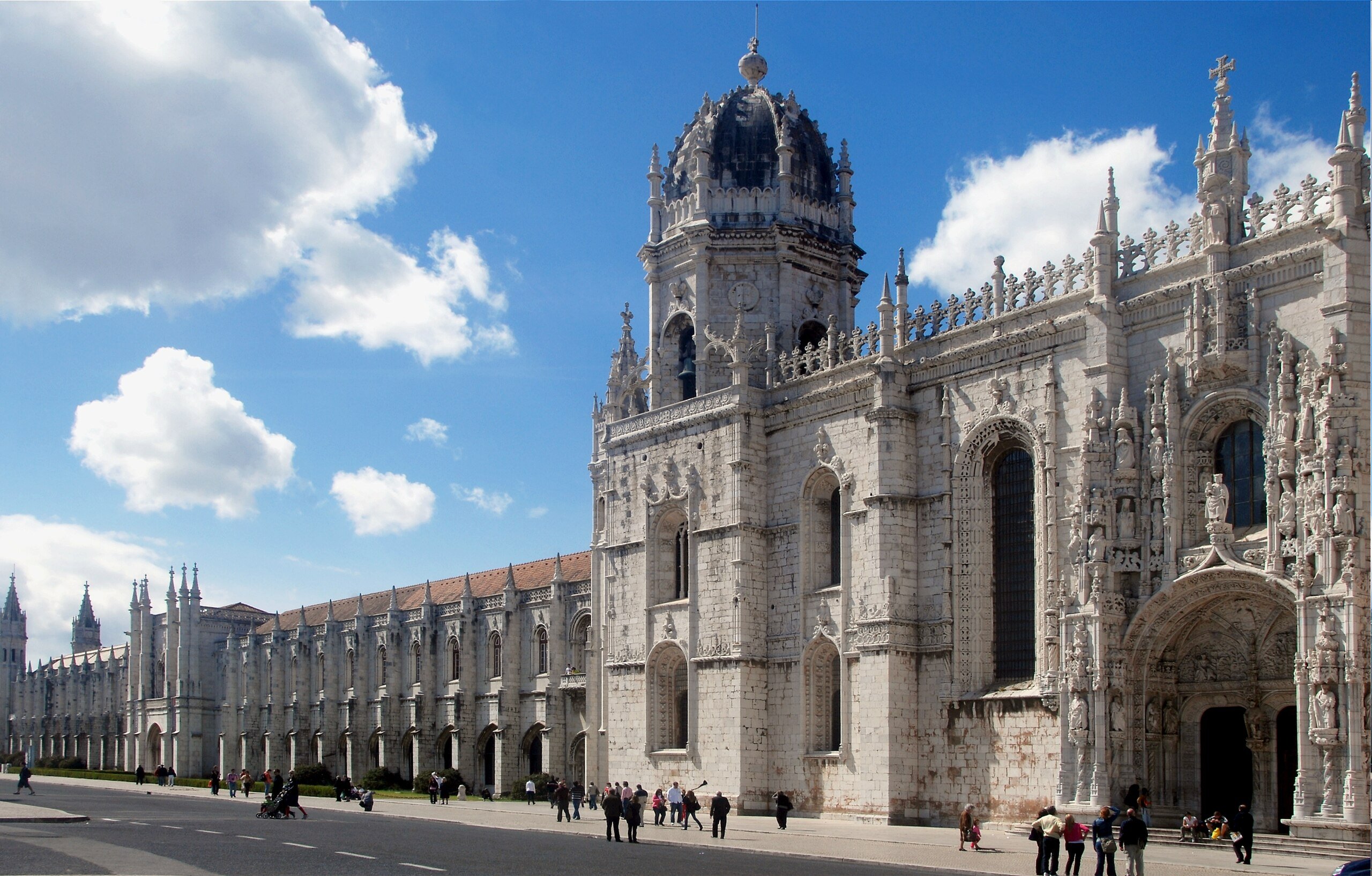
The Legacy That Never Dies
Even though times have changed, the relationship between Portugal and China lives on. Macau brings its dragon dancers to the Lisbon Popular Marches parade in Lisbon on the night of June 12th every year, while the growing interest of the Chinese in Portuguese wine shows that curiosity goes in both directions. It’s not just history; it’s present and future.
Final Thoughts
The history between Portugal and China is proof that the meeting of cultures doesn’t have to be a conflict. It can be a conversation, a dialoge that enriches both sides. In a world where differences often divide, these relationships show that curiosity and respect can build bridges where once there were oceans.


